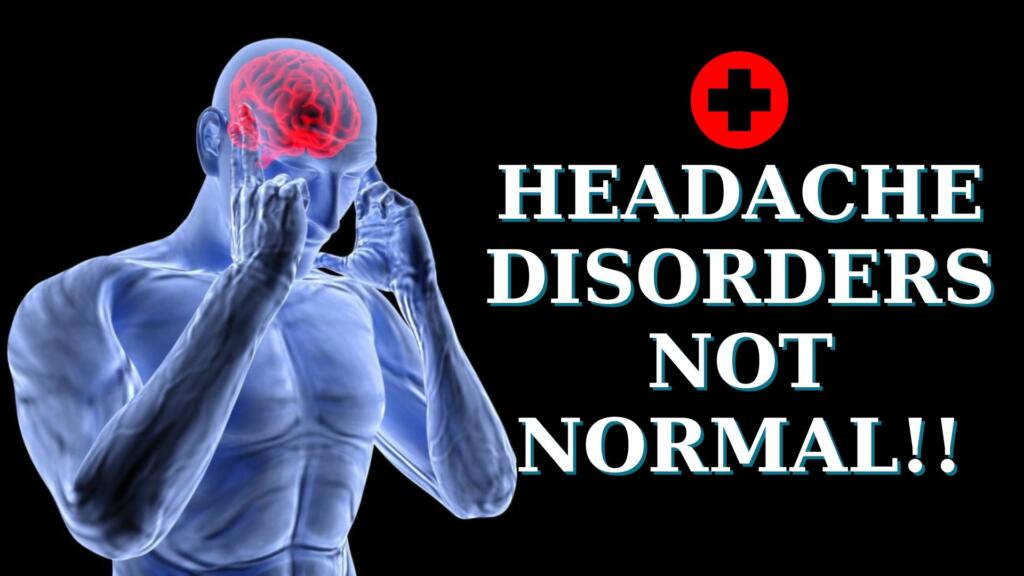Headache disorders, often dismissed as a minor inconvenience, are in reality a significant global health concern affecting billions of individuals. Despite their pervasive nature and profound impact on personal well-being and societal productivity, headache disorders remain largely overshadowed by more visible ailments.
The Hidden Pandemic
Picture the scene- a throbbing headache, accompanied by debilitating nausea, sensitivity to light, and the inability to concentrate. This is the daily reality for countless individuals grappling with migraine, tension-type headaches, cluster headaches, and medication-overuse headaches. While these conditions may not always manifest in outward signs of distress, their toll on quality of life is unmistakable. Headache disorders rank third globally in terms of disability-adjusted life years, trailing only behind stroke and dementia. Yet, their significance often goes unrecognized, perpetuating a cycle of underestimation and neglect.
Thousand Faces of Suffering
Behind the statistics lie poignant stories of individuals whose lives are irrevocably altered by headache disorders. Take Sarah, a dedicated mother of two, whose chronic migraines force her to frequently miss work and family gatherings, robbing her of precious moments with her children. Or consider Michael, a young professional whose tension-type headaches have become so debilitating that he struggles to focus on his career aspirations. Even children like Emily, whose migraines disrupt her schooling and extracurricular activities, bear the brunt of this hidden burden. These narratives underscore the pervasive impact of headache disorders across diverse age groups and demographics, highlighting the urgent need for greater recognition and support.
Also Read: Why Fat India? Understanding the Roots of India’s Obesity Epidemic
Breaking Down Barriers
The barriers to effective care for headache disorders are multifaceted and deeply entrenched. Limited awareness among healthcare providers often leads to misdiagnosis or inadequate treatment, leaving patients to navigate their pain alone. In addition, access to essential medications, such as sumatriptan for migraines, remains uneven across different regions, further exacerbating disparities in care. Societal misconceptions also play a role, with headaches often trivialized as mere inconveniences rather than legitimate health concerns. These barriers not only impede access to care but also perpetuate stigma and exacerbate the suffering of those affected.
A Call to Action
Addressing the silent epidemic of headache disorders requires a coordinated and multifaceted approach. Healthcare professionals must receive comprehensive training in headache diagnosis and management, empowering them to provide effective care to patients. Governments and policymakers must recognize the substantial economic and societal burden of headache disorders and allocate resources accordingly. Public awareness campaigns are essential in dispelling myths surrounding headaches and encouraging early intervention and support. Moreover, fostering collaboration between healthcare providers, advocacy groups, and policymakers is crucial in driving systemic change and improving outcomes for headache sufferers.
Also Read: Aware Women: From Social to “Cervical” Cancer
The Road Ahead
As we embark on this journey to confront the hidden pandemic of headache disorders, let us remember the individuals whose lives hang in the balance. Each headache sufferer deserves compassion, understanding, and access to quality care. By amplifying their voices and advocating for change, we can build a future where headache disorders are no longer relegated to the shadows of neglect. Together, let us forge a path towards a world where every individual can live free from the burden of unseen pain.
In conclusion, the impact of headache disorders extends far beyond the realms of physical discomfort; it permeates every aspect of individuals’ lives, from their personal relationships to their professional aspirations. By shining a light on the hidden pandemic of headache disorders, we can foster greater awareness, understanding, and support for those affected. Through collective action and unwavering commitment, we can pave the way for a future where no one suffers in silence.
Source: WHO News Room
